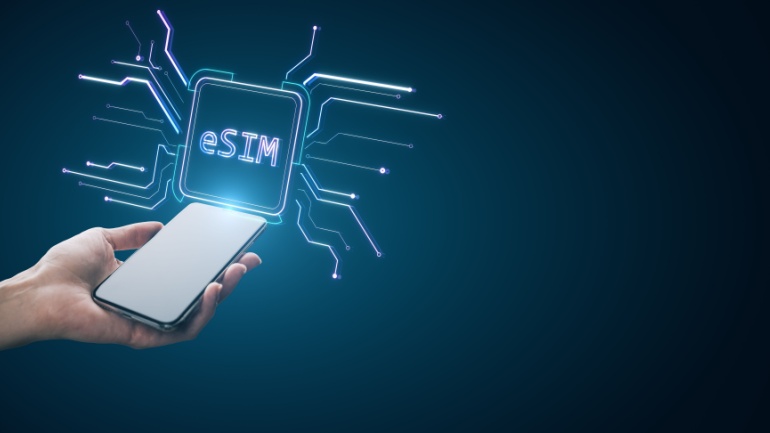South Korea will host its largest AI data center through a $4 billion partnership between SK Group and AWS. Located in Ulsan, the facility will house 60,000 GPUs and reach 103 megawatts by 2029, driving regional AI growth. SK subsidiaries will contribute resources and infrastructure, bolstering AI services, edge computing, and cloud-based GPU access nationwide.
NTT Data has secured a multi-year deal to deploy and manage a private 5G network for Belgium’s Roularta Media Group, enhancing operations at its 40,000m² facility. The initiative aims to boost connectivity, starting with push-to-talk communication and expanding to intelligent asset tracking and edge computing.
Open Gateway, initiated by GSMA, is set to redefine mobile networks with standardized telecom APIs, underpinning 5G’s potential. With coverage from 67 global operators, it aims to streamline developer interaction and offers vast opportunities for API-driven fraud prevention, edge computing, and digital transformation.
Cisco’s partnership with Transatel revolutionizes secure 4G and 5G connectivity using eSIM technology. This seamless integration offers enterprises faster, scalable, and secure mobile branches with on-demand SD-WAN and edge computing for IoT.
Singtel has announced a strategic partnership with Hitachi Digital to accelerate industrial AI solutions using Singtel’s Paragon platform. This collaboration focuses on integrating Hitachi’s AI applications with Singtel’s 5G, edge computing, and cloud services. The initiative aims to boost quality assurance, workplace safety, and pre-emptive maintenance, enhancing enterprise connectivity and productivity significantly.
Letta’s recent report underlines the fragmentation faced by the European telecoms sector, with its 27 separate national markets serving a mere average of five million customers. Highlighting the necessity for unification and increased scale for cost-effective innovation, the report aims to strengthen the sector’s competitiveness, fueling new advancements like edge computing and IoT.
Singtel ramps up its maritime digital services by integrating the innovative satellite technology from Starlink. This breakthrough aims to inspire ship operators into adopting digital solutions such as AI, 5G, edge computing, and cloud-based technologies for improved operational efficiency and safety measures. Starlink, a first-of-its-kind low Earth orbit broadband service included in Singtel’s comprehensive iSHIP offerings, offers enhanced connectivity and reduced latency.
5G technology is quickly escalating into an exciting, innovative space, largely due to a process called network slicing. This technique enables a vast number of dynamic network slices, each with unique attributes defined by its user. Despite being in the primary stages, an array of business opportunities are on the horizon like gaming, vehicle-to-everything (V2X), IoT, and mobile edge computing, as the technology advances. Critical remote services, such as remote robotic surgeries requiring ultra-reliability over latency, become possible with robust and reliable 5G slices.
Ofcom’s revised net neutrality rules in the UK now allow broadband providers to offer tiered services based on latency, not just throughput. Furthermore, these new regulations also permit the creation of specialized services, paving the way for network slicing and multi-access edge computing in the future. On the somewhat contentious front, zero-rating, or providing unrestricted access to specific online services, gets a green light, albeit with a few conditions.
stc Bahrain has entered a pivotal agreement with Huawei to accelerate 5G-Advanced technology and AI services. This partnership, focusing on digital transformation, aims to provide innovative AI-driven solutions and 5G mobile private networks, enhancing enterprise sectors.













